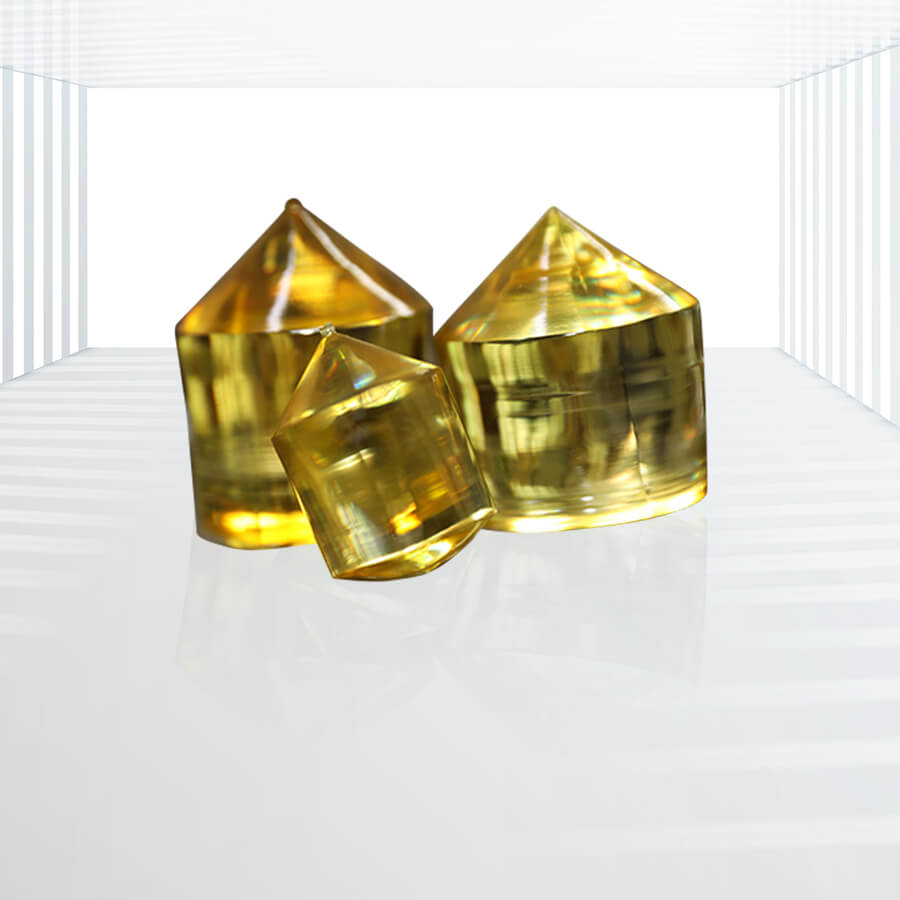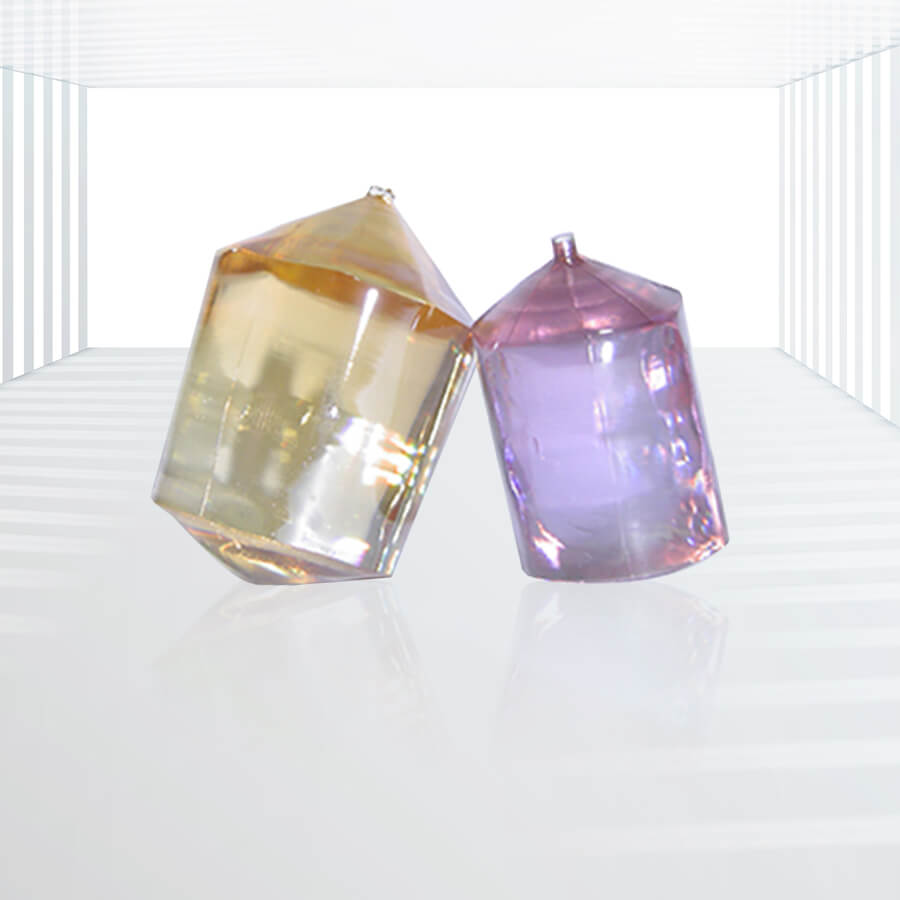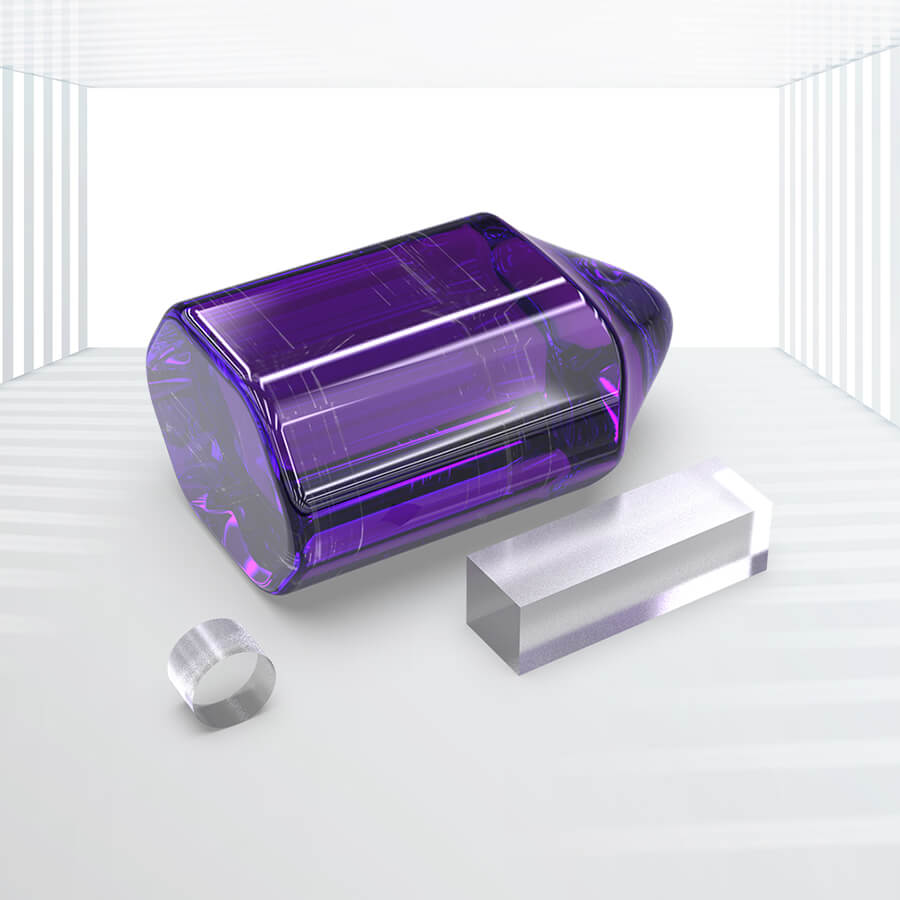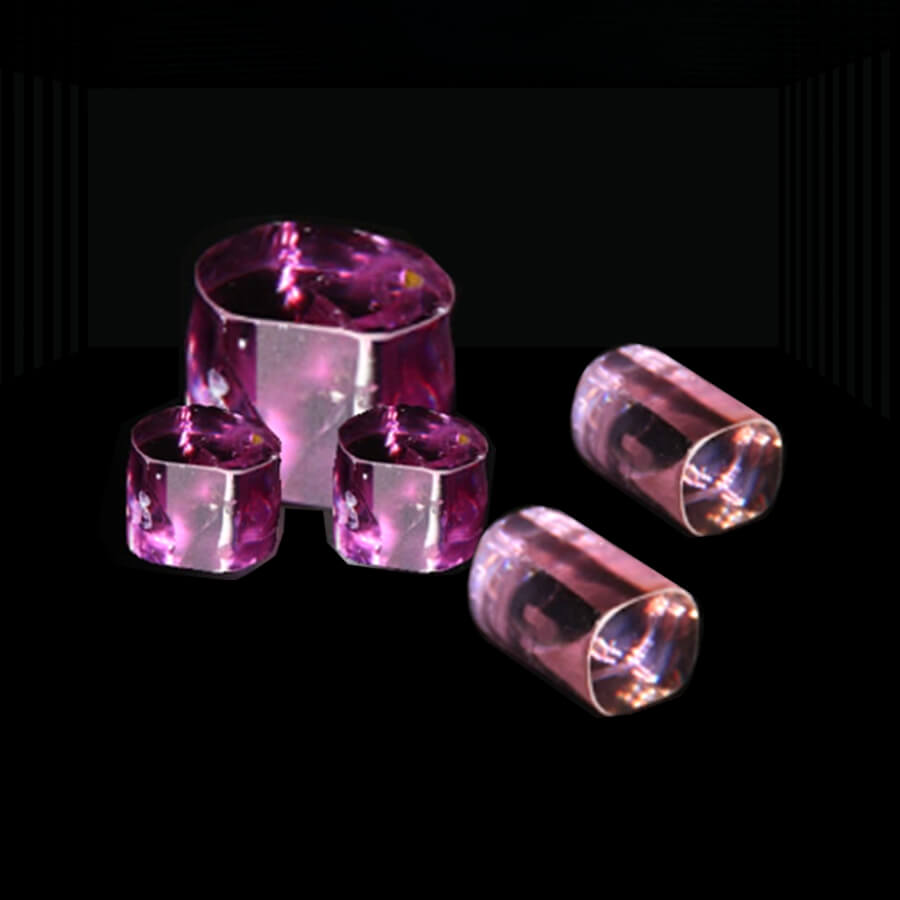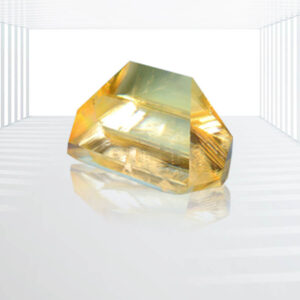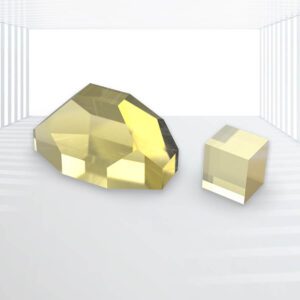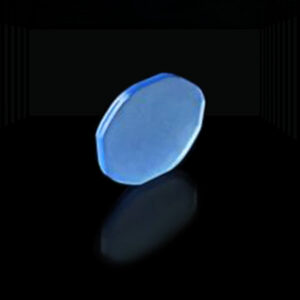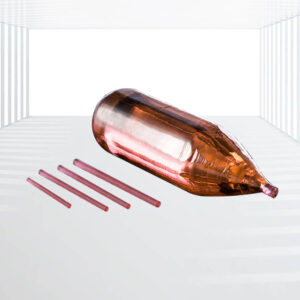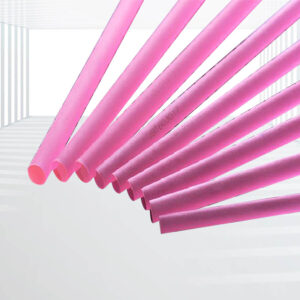Nd:YVO4 Crystal
Main advantages: High Optical Gain, Excellent Thermal Stability, High Degree of Polarization, High Slope Efficiency, Wide Gain Bandwidth, Compact Design, Good Mechanical and Chemical Stability, Frequency Doubling Capability
Applications: Solid-State Lasers, Medical Lasers, Scientific Research, Frequency Conversion
Nd:YVO4(Neodymium-doped Yttrium Orthovanadate) crystal is a laser gain medium known for its high optical efficiency and favorable thermal properties. It emits laser light at approximately 1064 nanometers, making it ideal for applications requiring precise and stable laser output, including industrial cutting, medical treatments, and scientific research.
Main advantages:
- High Optical Gain: Nd:YVO4 exhibits a high optical gain coefficient, which translates into stronger laser output under identical pumping conditions. This characteristic lowers the laser’s pump threshold and enhances its conversion efficiency, thereby conserving energy and reducing costs.
- Excellent Thermal Stability: The crystal possesses low thermal lensing effects and high thermal conductivity, enabling it to maintain good thermal stability even under high-power pumping. Thermal stability is crucial for long-term stable operation of lasers, particularly in high-power and continuous-wave modes.
- High Degree of Polarization: Unlike some other laser crystals, Nd:YVO4 emits laser light with a high degree of polarization, primarily in a single polarization state. This characteristic is beneficial for numerous applications that require specific polarization states, such as laser processing, measurement, and communication.
- High Slope Efficiency: Slope efficiency, a key performance indicator of lasers, reflects the rate of increase in laser output power with the pump power. Nd:YVO4 typically exhibits high slope efficiency, meaning its output power grows rapidly with increased pump power, enhancing the overall performance of the laser.
- Wide Gain Bandwidth: The relatively wide gain bandwidth of Nd:YVO4 allows for laser emission over a broader wavelength range. This feature provides more flexibility for laser tuning and wavelength conversion, expanding the application scope of the laser.
- Compact Design: Due to its high gain coefficient and low thermal lensing effects, Nd:YVO4 enables efficient laser output in a compact volume. This facilitates the design of smaller and lighter lasers, enhancing their portability and flexibility.
- Good Mechanical and Chemical Stability: Nd:YVO4 crystal boasts high hardness and corrosion resistance, enabling stable performance under harsh environments. This mechanical and chemical stability ensures reliable operation of Nd:YVO4 lasers in various complex settings.
- Frequency Doubling Capability: When combined with nonlinear crystals, Nd:YVO4 crystals can generate multiple wavelengths, enabling the creation of lasers emitting green, blue, and red light for diverse applications in displays and scientific research.
Applications:
Solid-State Lasers: Nd:YVO4 crystals are commonly used as the gain medium in solid-state lasers. They are particularly suitable for compact and efficient laser systems used in industrial cutting, welding, engraving, and marking applications.
Medical Lasers: In medicine, Nd:YVO4 lasers are utilized for procedures such as dermatology (skin treatments like tattoo removal), ophthalmology (laser eye surgery), and dentistry (soft tissue surgery). Their ability to emit at specific wavelengths makes them effective for precise tissue interaction.
Scientific Research: Nd:YVO4 crystals are employed in research laboratories for spectroscopy, microscopy, and other optical experiments. Their high optical efficiency and ability to generate high-power output are beneficial for studying materials and biological samples.
Frequency Conversion: When combined with nonlinear optical crystals, Nd:YVO4 crystals can be used to generate multiple wavelengths through processes like frequency doubling (SHG) or sum frequency generation (SFG). This capability is essential in applications requiring different laser wavelengths such as in display technologies and scientific instrumentation.
Specifications:
| Property | Value |
| Crystal structure | Zircon tetragon, space group D4h-I4/amd |
| Lattice constants (Å) | a = b = 7.12, c = 6.29 |
| Density (g/cm³) | 4.22 |
| Melting point (°C) | 1825 |
| Thermal conductivity (W m⁻¹ K⁻¹ @ 25°C) | 5.2 |
| Thermo-optical coefficient (dn/dT) | dn_o/dT = 8.5×10⁻⁶ /K; dn_e/dT = 2.9×10⁻⁶ /K |
| Coefficient of thermal expansion (10⁻⁶ K⁻¹ @ 25°C) | a = 4.43, c = 11.4 |
| Hardness (Mohs) | 4~5 |
| Doping concentration | 0.07%~3% |
| Concentration tolerance | ±0.05% (at% < 1%), ±0.1% (at% ≥ 1%) |
| Orientation | A-cut/C-cut ±0.5° |
| Dimensional tolerance | ±0.1 mm |
| Flatness (λ/10 @ 632.8 nm) | λ/10 |
| Wavefront distortion (λ/10 @ 632.8 nm) | λ/10 |
| Surface finish | 10/5 MIL-O-13830B |
| Parallelism | 10″ |
| Verticality | 10′ |
| Chamfer | <0.1 mm @ 45° |
| Chipping | <0.1 mm |
| Clear aperture | >95% |
| Film system | AR/HR/PR is customized according to customer requirements |
| Coating anti-laser damage threshold | 7.5 J/cm² @ 1064 nm, TEM00, 10 ns, 10 Hz |

